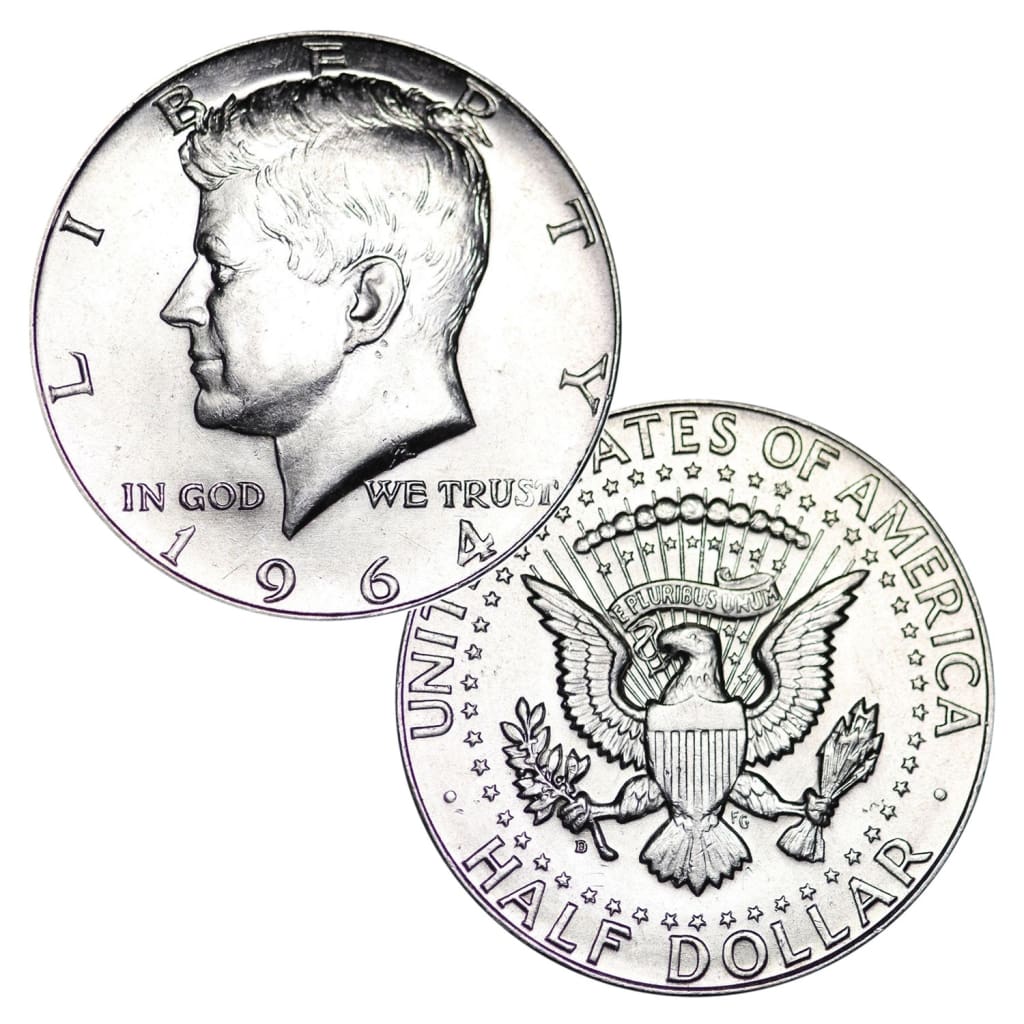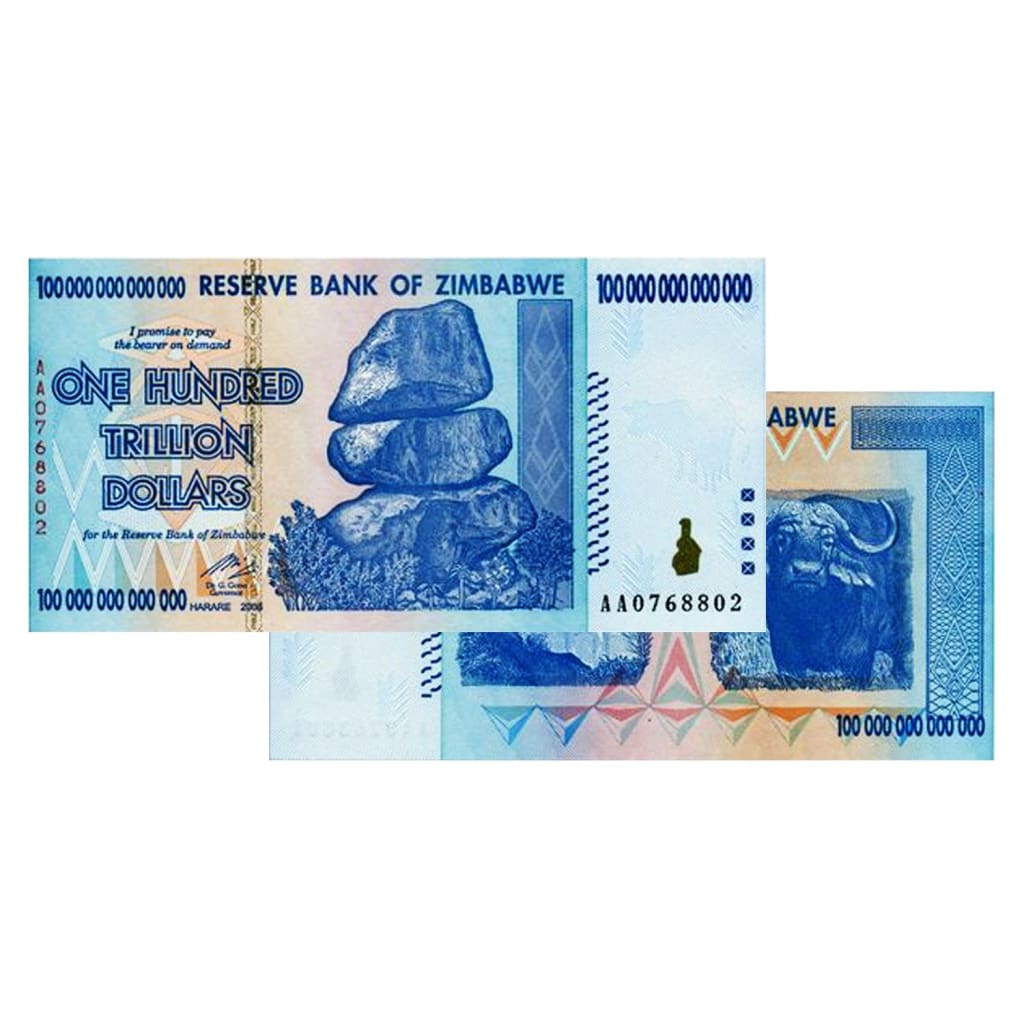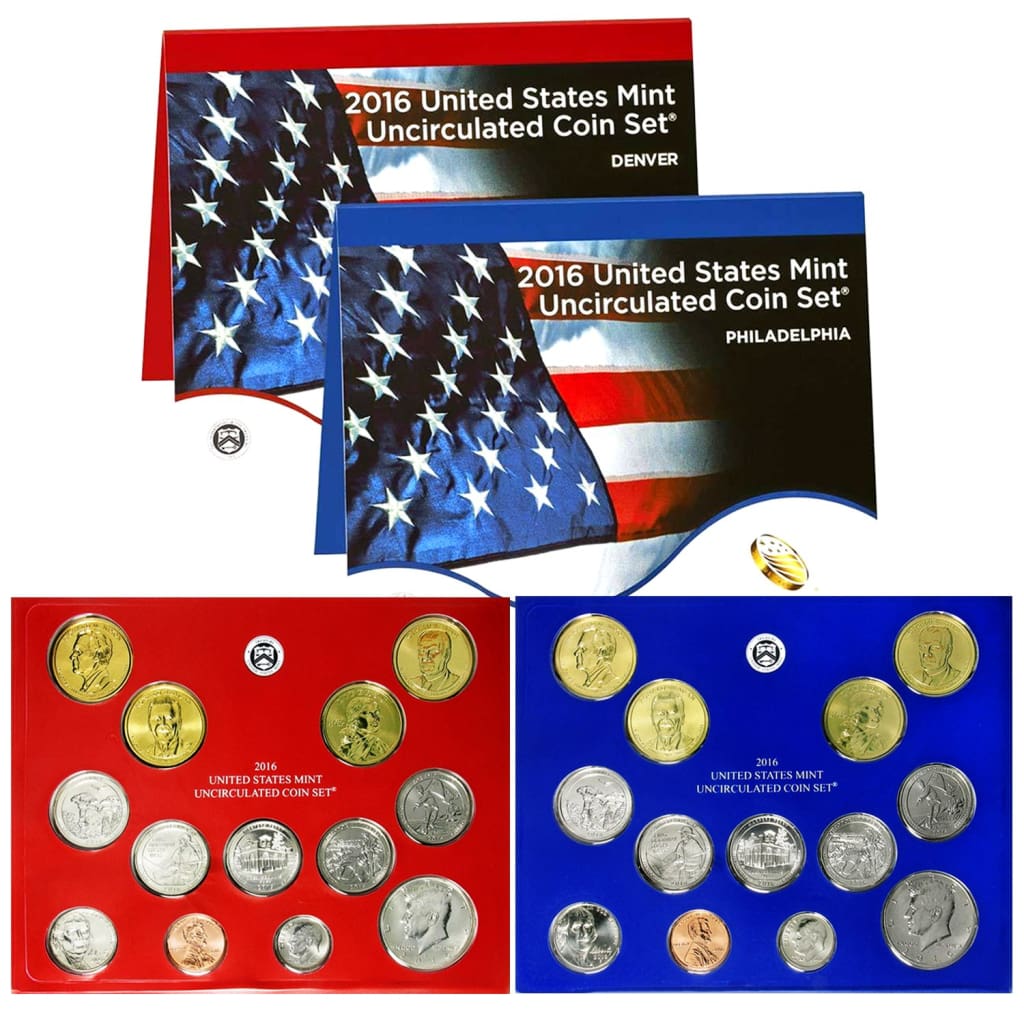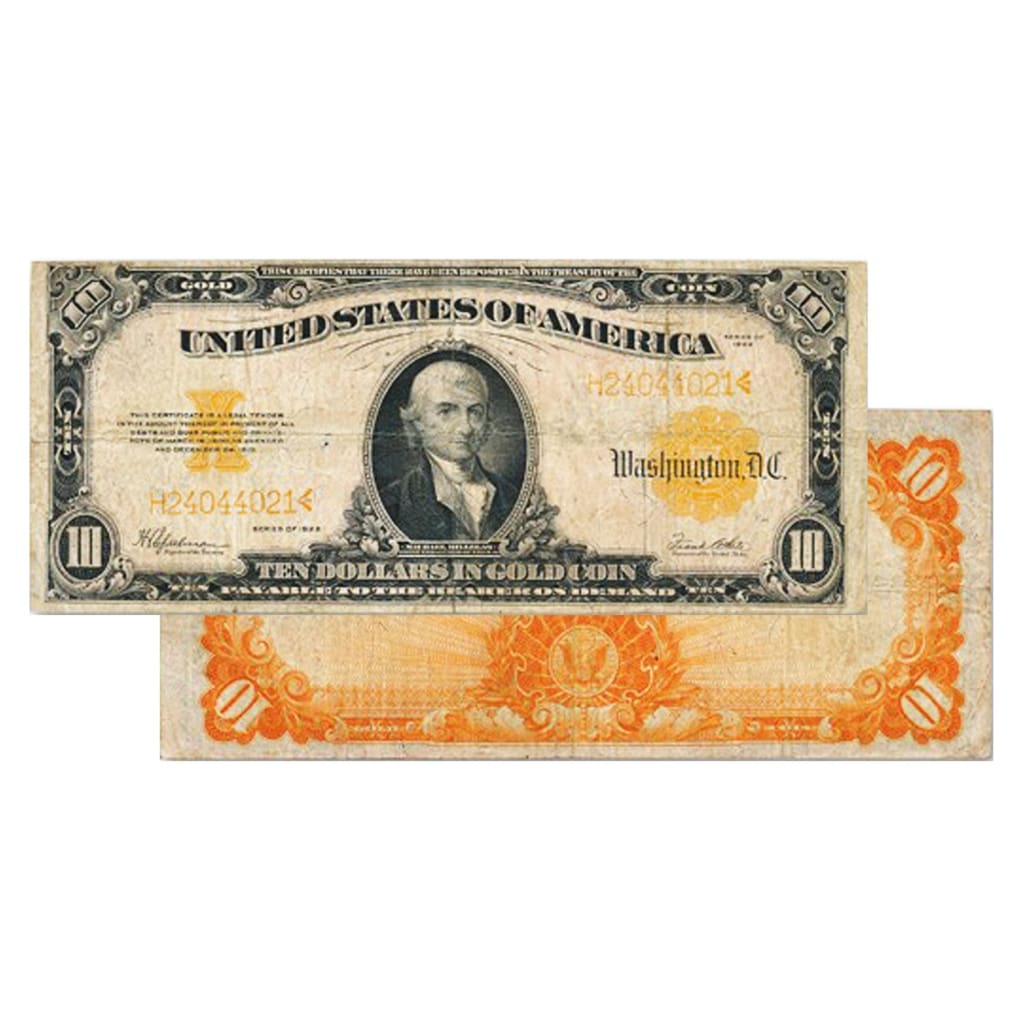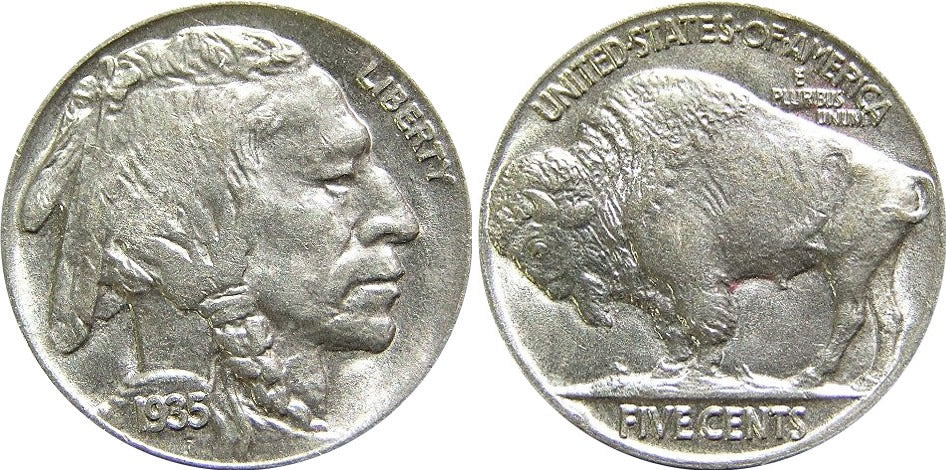The Peace Dollar stands as a shining symbol of a nation eager to heal and rebuild after one of the most devastating conflicts in world history. Minted from 1921 to 1935, this iconic coin was created to commemorate peace following World War I. Beyond its beauty, the Peace Dollar captures the spirit of hope, renewal, and the enduring desire for a brighter future.
A Nation Ready for Peace
When World War I ended in 1918, the United States—though not as ravaged as Europe—felt the emotional and social consequences of the war. Americans yearned for symbols of peace, stability, and a return to normalcy.
Prior to the Peace Dollar, the Morgan Dollar had been the dominant silver coin, with its production tied closely to political and economic factors such as the silver mining industry. However, by 1921, the time felt right for a new design that would embody the fresh spirit of the post-war era.
The Push for a Commemorative Coin
The idea for a Peace Dollar didn’t originate from the government but from passionate numismatists. Organizations like the American Numismatic Association (ANA) and influential individuals advocated for a new coin to honor the hard-won peace.
They proposed that a circulating coin, rather than a limited commemorative issue, would allow everyday Americans to carry a reminder of peace in their pockets.
After some political wrangling, Treasury Secretary Andrew Mellon approved the new design. It would replace the aging Morgan Dollar, whose final mintage had resumed earlier that year after a long hiatus.
Anthony de Francisci: The Designer of Peace
In November 1921, a competition was held to choose the designer. Italian-American sculptor Anthony de Francisci, a relatively young and lesser-known artist at the time, was selected.
De Francisci modeled the image of Liberty after his wife, Teresa Cafarelli de Francisci. However, he aimed to create a Liberty that transcended personal likeness, instead embodying an idealized, youthful America full of vitality and optimism.
The obverse of the coin features Liberty’s profile, crowned with a radiant tiara resembling sun rays — a nod to classical Roman imagery. Her expression is serene yet strong, representing the nation's hope for lasting peace.
On the reverse, an American eagle rests atop a rock, clutching an olive branch—a universal symbol of peace. Unlike the fierce, attacking eagles seen on earlier coins, this eagle is calm, surveying the horizon at peace with the world.
The original concept included a broken sword beneath the eagle's talons, symbolizing the end of warfare. However, public backlash—misinterpreting the broken sword as defeat—led to its removal at the last minute.
The 1921 High Relief: A Work of Art and a Challenge
The first Peace Dollars struck in 1921 were designed in high relief, giving the details a stunning three-dimensional quality. The sculpted forms of Liberty and the eagle leapt off the coin’s surface, making these early issues especially beautiful and coveted.
However, this artistic achievement came at a cost. The high-relief design was difficult to strike properly with the Mint’s equipment. Dies cracked, production was slow, and the coins didn’t stack well, creating practical problems for banks and merchants.
In early 1922, the Mint modified the design to a lower-relief version to facilitate mass production. While the standard-relief coins remain beautiful, collectors often seek out the 1921 high-relief Peace Dollars for their unmatched depth and artistry.
The End of an Era
The Peace Dollar continued production until 1935, but economic turbulence—including the Great Depression and shifts in silver legislation—eventually ended its run.
The 1934 and 1935 issues had relatively low mintages, and after 1935, the Peace Dollar quietly disappeared from production lines. The Silver Act of 1934 and the Treasury’s changing needs for silver bullion rendered large silver coinage obsolete.
Interestingly, a small number of 1964-dated Peace Dollars were struck in 1965 at the Denver Mint, intended for renewed circulation. However, these were never officially released, and all examples were supposedly melted. No known examples have ever been confirmed to exist publicly, making the 1964-D Peace Dollar one of American numismatics' most tantalizing mysteries.
The Peace Dollar's Legacy
Today, the Peace Dollar holds a special place in both numismatic circles and American history. Unlike earlier coins that emphasized national strength or expansion, the Peace Dollar embodies ideals of reconciliation, reflection, and hope.
Its design remains unique among U.S. coinage — soft yet powerful, modern yet timeless. In 2021, the U.S. Mint celebrated the 100th anniversary of the Peace Dollar's debut with a new commemorative issue, a testament to the design's enduring appeal and relevance.
For collectors, the Peace Dollar offers an accessible entry into silver coin collecting. Common dates in circulated condition are affordable, while high-grade examples, 1921 high-relief coins, and low-mintage issues like the 1928 Philadelphia coin bring premium prices.
Beyond its monetary value, owning a Peace Dollar is like holding a piece of American spirit — a reminder that even after the darkest times, a nation can strive for peace, beauty, and renewal.
The Peace Dollar isn’t just a beautiful coin; it’s a story struck in silver. It speaks to a nation’s desire for healing and hope after unimaginable conflict. From its artistic origins to its historic significance, the Peace Dollar captures a profound moment in American history — one that still echoes through the ages.
Every glint of silver, every soft contour of Liberty’s face, every calming line of the eagle’s posture reminds us: peace is always worth striving for.


